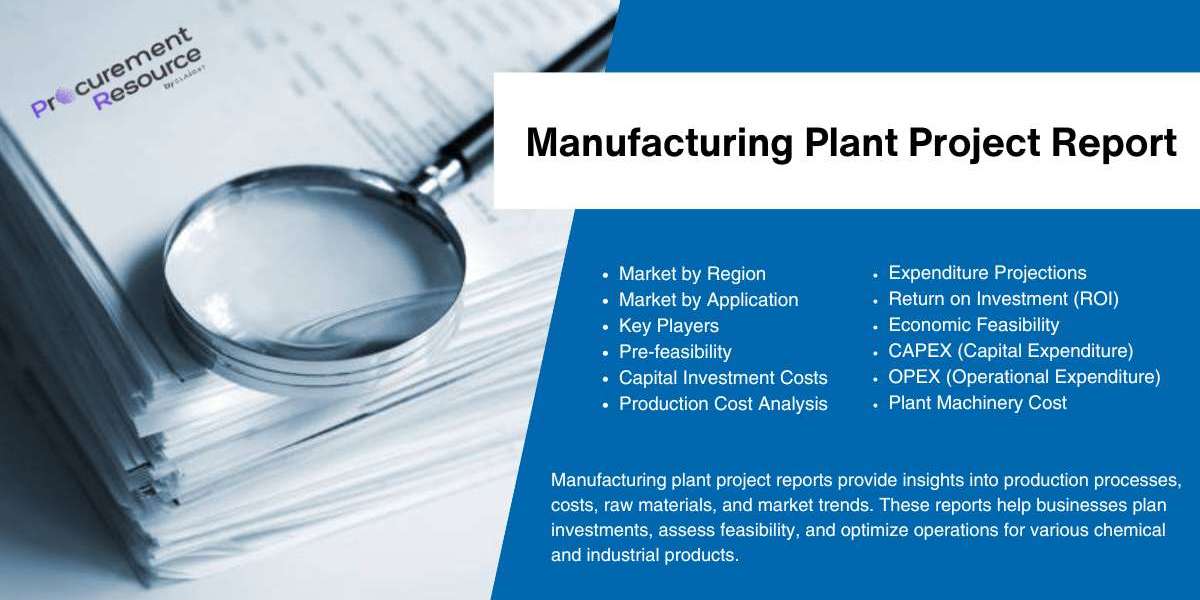Creating a safe workplace doesn’t just happen overnight. It requires dedication, planning, and one crucial ingredient that’s often overlooked — streamlined recordkeeping. When it comes to managing workplace hazards, having a clear, consistent way to track safety incidents, inspections, training sessions, and compliance is essential.
Without it, safety procedures can fall through the cracks, miscommunication can spread, and preventable accidents can occur. But when done right, efficient recordkeeping not only reduces risks but also helps align with global safety standards, boosting employee confidence and organizational credibility.
Let’s dive into why streamlined record keeping matters, real-world scenarios where it's made a difference, and how you can start implementing it — step by step. Whether you're managing training programs or tracking employee progress in a Safety Course, having efficient recordkeeping systems ensures accuracy, compliance, and quick access to critical information when it counts.
Why Recordkeeping is the Backbone of Workplace Safety
Imagine running a factory where workers handle heavy machinery every day. One small oversight — like missing a maintenance check or forgetting to log a safety briefing — can lead to serious consequences. That’s where recordkeeping in workplace safety steps in.
Recordkeeping acts like a memory bank for your safety efforts. It tells you:
- When equipment was last inspected
- Which employees completed safety training
- Where hazards have been identified in the past
- How incidents were handled
- Whether you're complying with global standards like ISO 45001 or OSHA requirements
When everything is documented and easy to retrieve, you’re not just reacting to incidents — you’re preventing them.
A Real-Life Lesson in Recordkeeping: The Warehouse Incident
Let’s take a look at a story that’s all too common.
A logistics company in Karachi once faced a series of minor accidents: cuts from mishandled boxes, slips on oily floors, and even a broken wrist from a fall. Management was puzzled. They had a safety program in place — or so they thought.
Upon closer inspection, it turned out that safety inspection logs hadn’t been updated in months. The last toolbox talk? Not recorded. No proof of employee training refreshers either. Without these documents, it was impossible to identify what went wrong or how to fix it.
After investing in a digital recordkeeping system, the company saw a 60% drop in workplace incidents within six months. Hazards were flagged early. Equipment was serviced on time. And, most importantly, employees felt safer.
The Hidden Hazards of Poor Documentation
Without streamlined safety records, businesses expose themselves to several risks:
- Regulatory non-compliance: Failing to show compliance can lead to heavy fines and even shutdowns.
- Lack of accountability: It’s hard to hold anyone accountable if you don’t know who did what, when.
- Inconsistent training: Without records, there’s no guarantee every worker has received the right hazard awareness training.
- Slow incident response: If emergency procedures aren’t documented and accessible, response times can suffer — sometimes fatally.
How to Streamline Recordkeeping: A Step-by-Step Guide
Step 1: Go Digital
Paper logs are prone to getting lost, damaged, or ignored. Moving to a cloud-based safety management system can centralize your records and make them instantly accessible from anywhere.
Look for tools that offer:
- Automated reminders for training and inspections
- Mobile-friendly input forms
- Real-time dashboard analytics
- Secure backup and encryption
Popular platforms like iAuditor and EcoOnline make it easier than ever to digitize your records.
Step 2: Standardize What You Record
Every organization has different needs, but consistency is key. Create a checklist of documents that must be maintained, such as:
- Incident reports
- Training attendance sheets
- Hazard identification forms
- Personal protective equipment (PPE) issuance logs
- Machine maintenance records
When these are filled out the same way every time, it eliminates confusion and keeps everyone aligned.
Step 3: Assign Roles and Responsibilities
Clearly define who is responsible for updating which records. This could be your site safety officer, HR, or line managers. Make sure everyone knows:
- What they need to document
- How often updates are required
- Where the records should be stored
You can even integrate documentation updates into job descriptions and performance reviews to keep it top of mind.
Step 4: Train Your Team
Even the best systems won’t help if no one knows how to use them. Host regular training sessions that walk employees through:
- How to identify and report hazards
- The importance of timely and accurate recordkeeping
- How to use your digital recordkeeping tools
Offering a Safety Officer Course in Pakistan is a great way to ensure your team has the knowledge to manage hazards and keep proper documentation. These courses often cover not just legal requirements but also best practices in handling emergencies and maintaining safety logs effectively.
Going Global: Aligning with International Safety Standards
Businesses today don’t just operate locally — they compete globally. Aligning your recordkeeping with international standards like NEBOSH, ISO 45001, or OHSAS 18001 not only improves safety but builds trust with clients and regulators.
These certifications require evidence — proper documentation — to show that your company is serious about managing workplace hazards. Without it, even the most impressive safety procedures won’t hold up under scrutiny.
Safety Culture Starts With Records
When safety becomes part of everyday conversations, and when everyone from the CEO to the cleaner knows where to log an incident or check a report, you’re building a true safety culture. It starts with small habits — like updating inspection logs — and grows into a company-wide commitment to protecting people.
Many organizations have found that after implementing streamlined recordkeeping, employee morale improves, sick days drop, and productivity increases. Why? Because workers feel protected and valued.
Read More: Find Affordable NEBOSH IGC Courses Here
Final Thoughts
Streamlining recordkeeping for workplace safety isn’t just about compliance — it’s about caring for your people and ensuring every task, every tool, and every worker is protected.
Whether you’re a small factory in Faisalabad or a multinational operating in Dubai, the benefits are the same. A safer workplace, improved training compliance, faster audits, and above all, a stronger foundation to handle any hazard that comes your way.
For companies looking to take it a step further, consider enrolling staff in a recognized Safety Course in Pakistan. These programs cover everything from risk assessments to global compliance, and they’re a smart investment for any safety-conscious business.
How does your organization manage its safety records? Have you faced challenges in documenting hazards or training sessions? Share your experiences and questions below — let’s build safer workplaces together.



